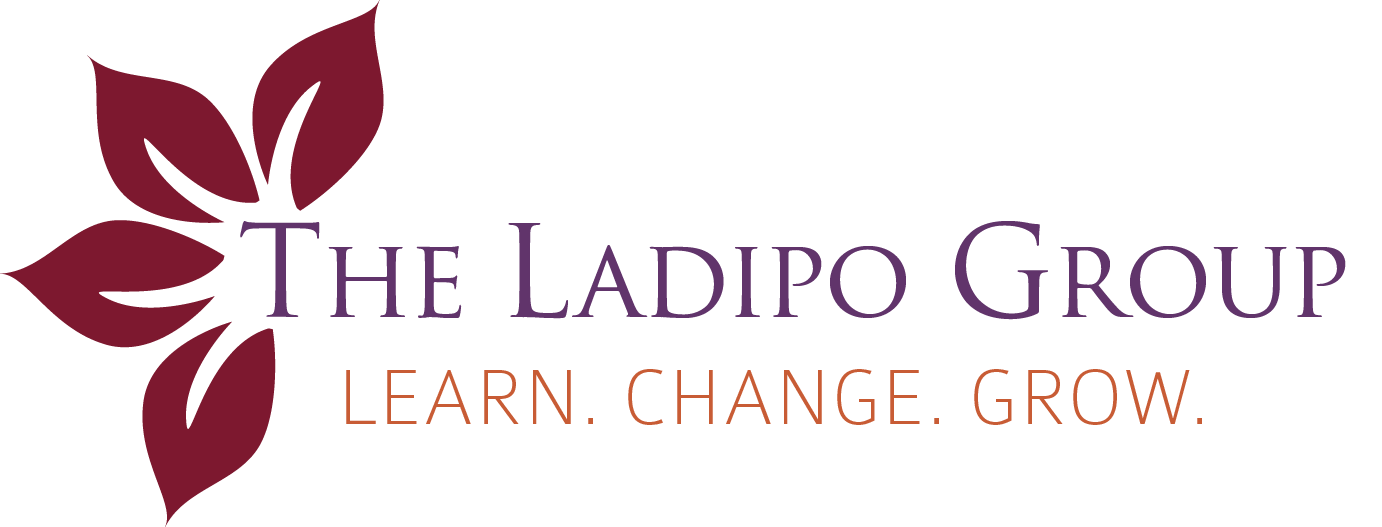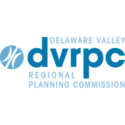Unchecked biases can negatively shape your company’s work culture. Not hiring and promoting a more diverse workforce could lead to a toxic work environment with high turnover that can ultimately impact your company’s bottom line.  In this podcast episode of Managing Well with Tonya Ladipo, we talk with HR practitioner Alison K. Dougherty, Ed.D about how to check for unconscious bias within the hiring and recruiting process.After the episode, download our worksheet for tips on how you can show up as a better people manager and leader in your organization. In this podcast episode of Managing Well with Tonya Ladipo, we talk with HR practitioner Alison K. Dougherty, Ed.D about how to check for unconscious bias within the hiring and recruiting process.After the episode, download our worksheet for tips on how you can show up as a better people manager and leader in your organization.
CLICK TO DOWNLOAD WORKSHEET
Action Items:
On the Managing Well podcast, host Tonya Ladipo talks wellness in the workplace with people leaders, mental health professionals, HR experts, and more. Click the link to subscribe to the podcast a |
No One Becomes a Great Manager by Accident
Most people aren’t trained to be great managers. They’re promoted because they were excellent individual contributors. But leading people is











